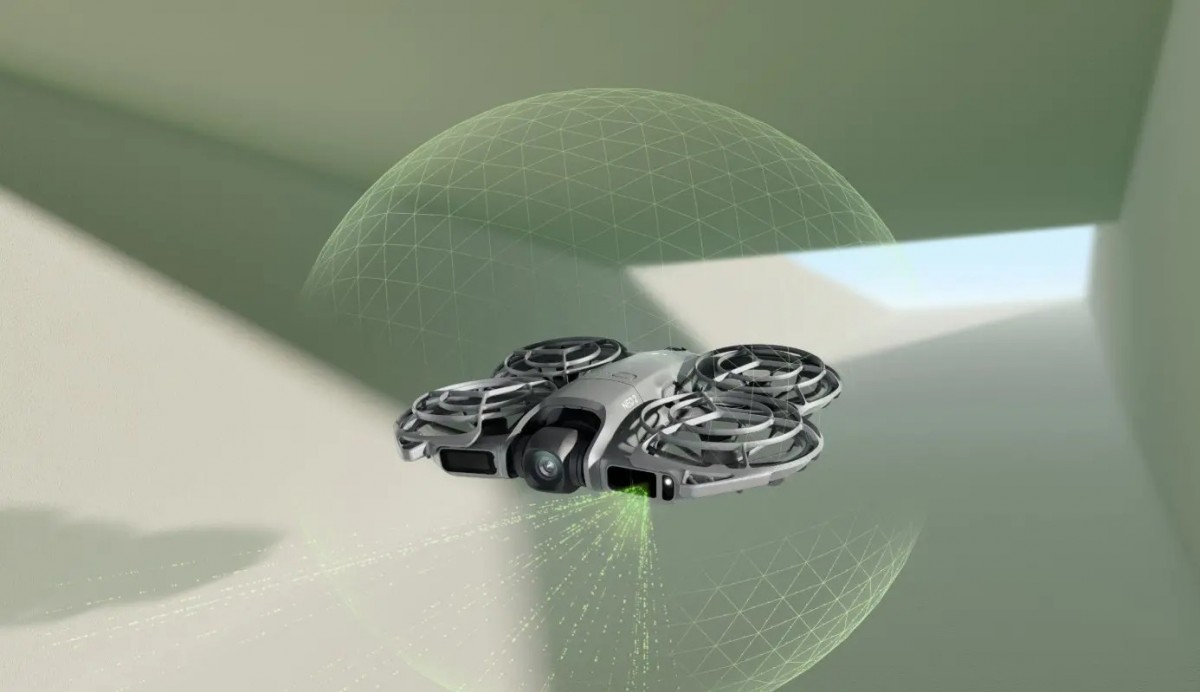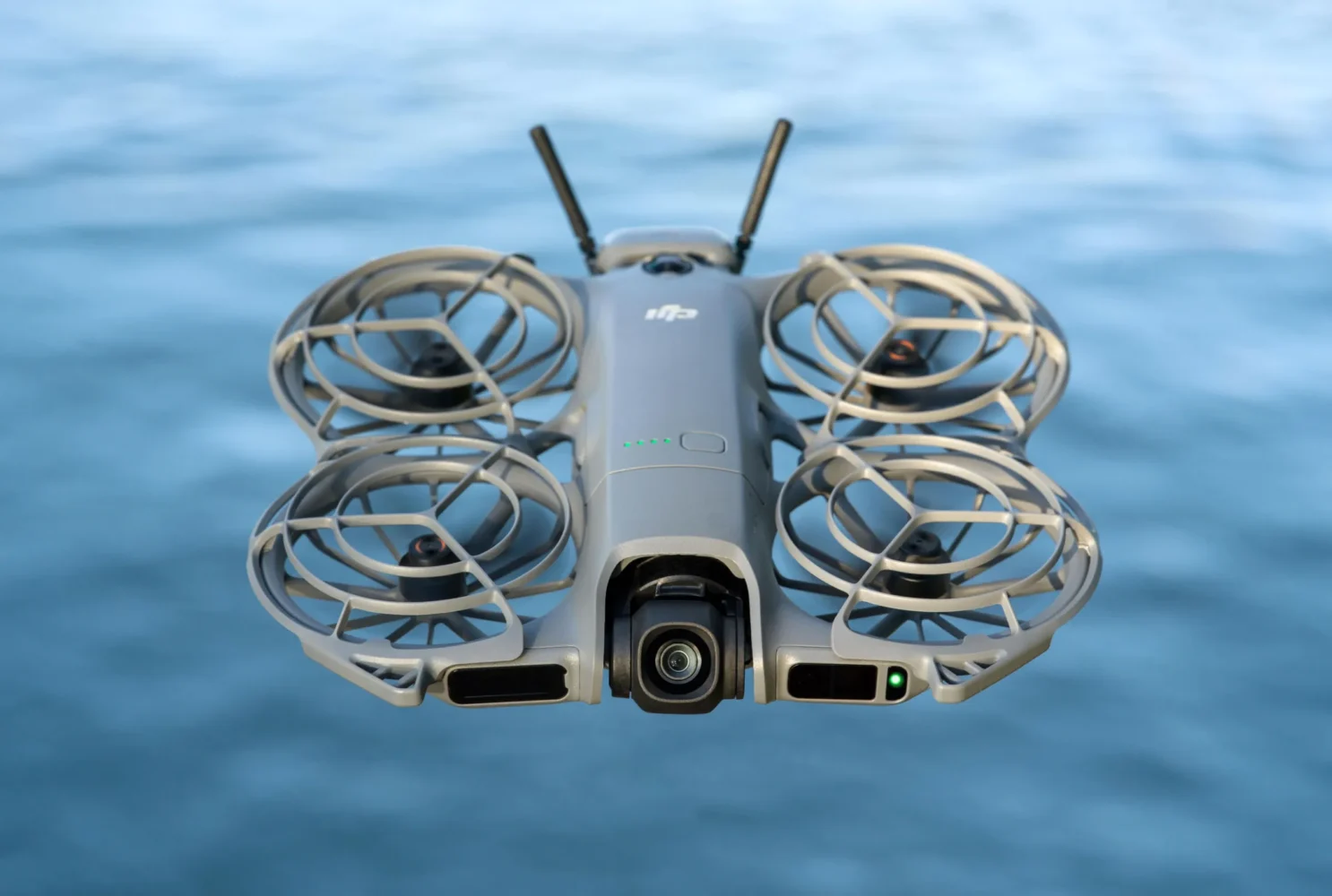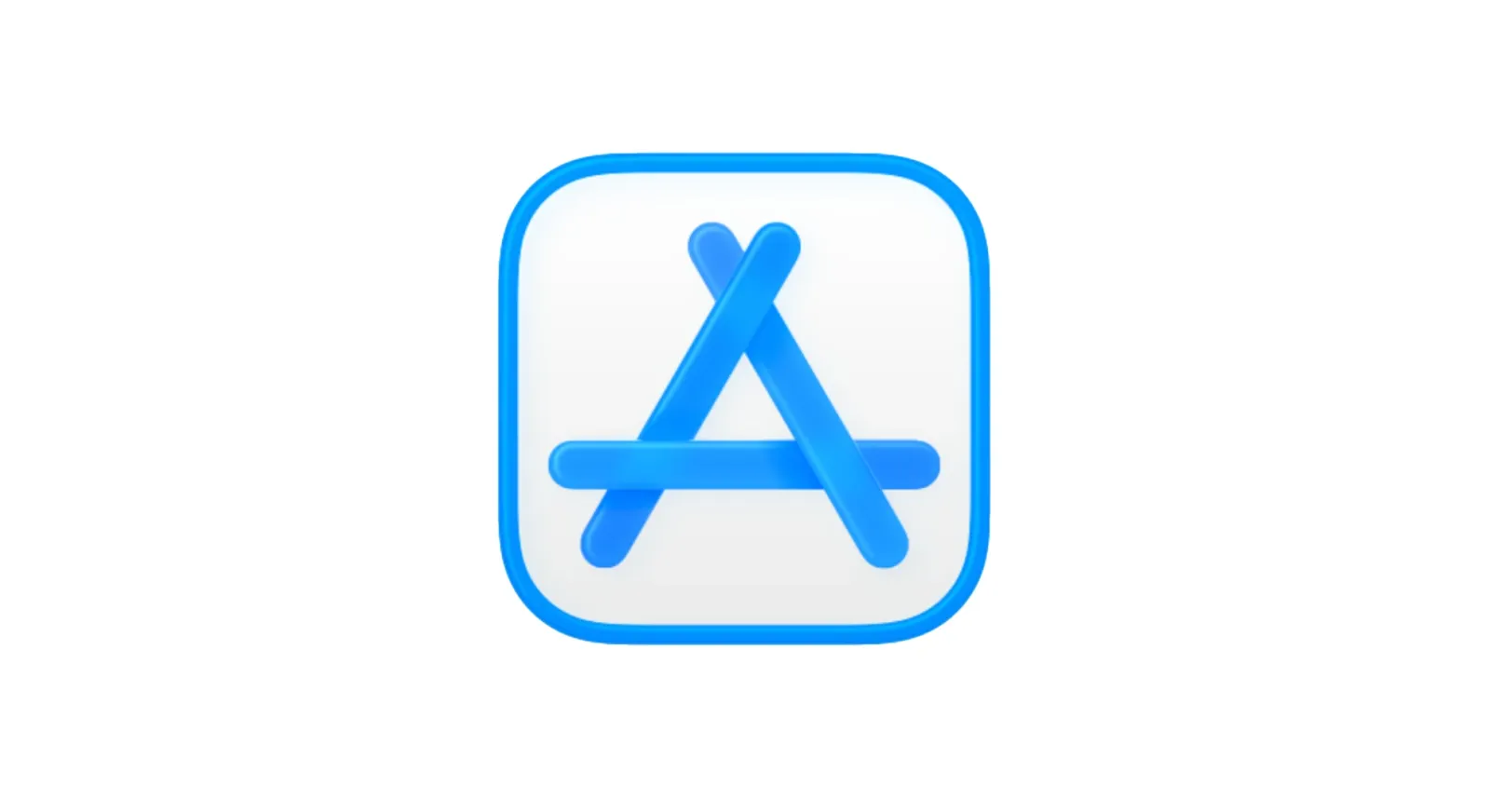DJI has begun a global rollout of the Neo 2, expanding availability beyond its initial late-October debut in China. As with other recent DJI releases, the U.S. market is excluded due to ongoing regulatory and commercial tensions, leaving buyers elsewhere to navigate regional pricing and availability on their own. The listed price in Canada — shown in USD rather than CAD — only adds to the ambiguity, though DJI has not clarified whether this was intentional or an oversight. Regardless, customers in the U.S. will not receive official support for the product.
The drone itself is positioned as an accessible option for newcomers while still offering enough capability for users who want more than basic point-and-shoot flight. The base package includes only the drone, with pricing set at USD 230 in Canada, GBP 210 in the UK, EUR 240 across Europe, JPY 38,400 in Japan, AUD 410 in Australia, and AUD 440 in New Zealand. Gesture and smartphone control make the Neo 2 easy to fly, but it fully supports more advanced hardware. The Fly More Combo — USD 400, GBP 350, EUR 400 — adds the RC-N3 controller, two extra batteries, and a triple-slot charging hub. The Motion Fly More Combo — USD 550, GBP 510, EUR 580 — includes DJI Goggles N3 and the RC Motion 3, enabling first-person FPV flight.

Despite its entry-level positioning, the Neo 2 represents a substantial upgrade over the first-generation model. At 151 grams, it remains well under the 250-gram regulatory threshold while adding more power and endurance. Top speed in Sport mode has more than doubled, now reaching 5 m/s, and flight time increases slightly to 19 minutes. Wind resistance improves to Level 5, allowing stable operation in gusts up to 10.7 m/s. Internal storage also jumps to 49GB.
Navigation and safety systems are among the most significant changes. The original Neo relied on downward sensors for basic positioning, while the Neo 2 introduces an omnidirectional vision system paired with forward-facing LiDAR. This enhancement enables features such as ActiveTrack, including a new cycling mode designed for smoother subject tracking during motion-intensive activities.
The imaging system receives a measured but meaningful update. While the 1/2-inch sensor remains unchanged, the lens is now a wider f/2.2, and the gimbal has been upgraded from a single axis to a two-axis setup covering tilt and roll. Video capture has been raised to 4K at 60fps in horizontal orientation and 2.7K at 60fps in vertical mode, a notable improvement for short-form and social content. The drone ships with a Wi-Fi transmission system rated for up to 500 meters, but users can add DJI’s O4 system for extended range up to 10 kilometers. The transceiver is sold separately but is bundled with the Fly More options.
The Neo 2’s broadened feature set indicates how quickly lightweight drones are evolving, blending ease of use with increasingly capable sensors and navigation tools. For new pilots and casual creators, it offers a low-barrier entry point. For more experienced flyers, the expanded control ecosystem and improved camera options provide room to experiment without moving into a higher price bracket.






